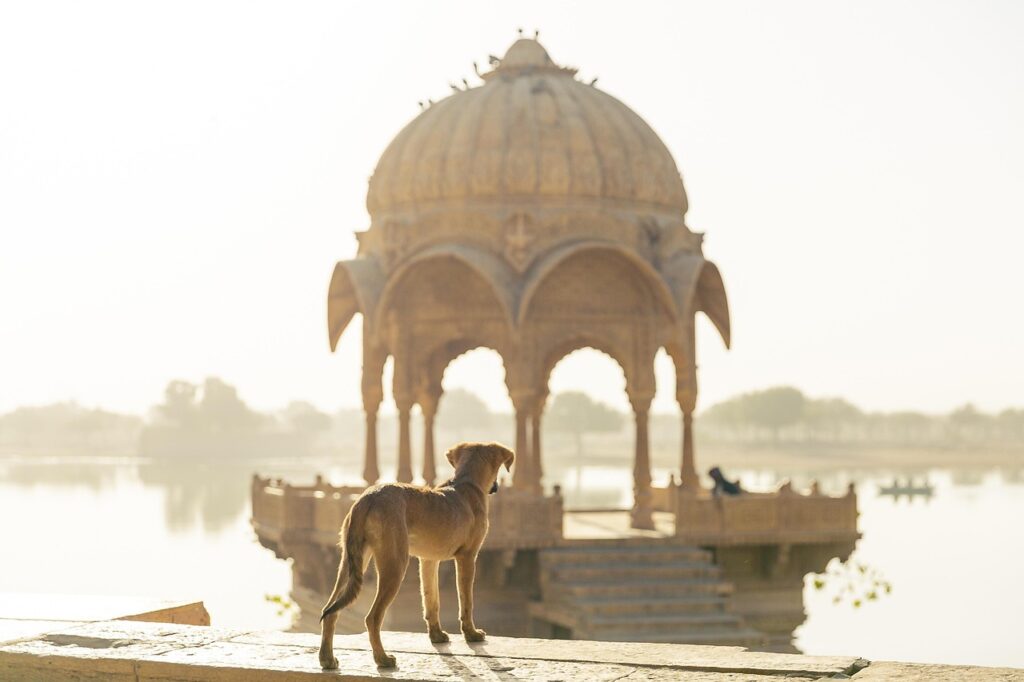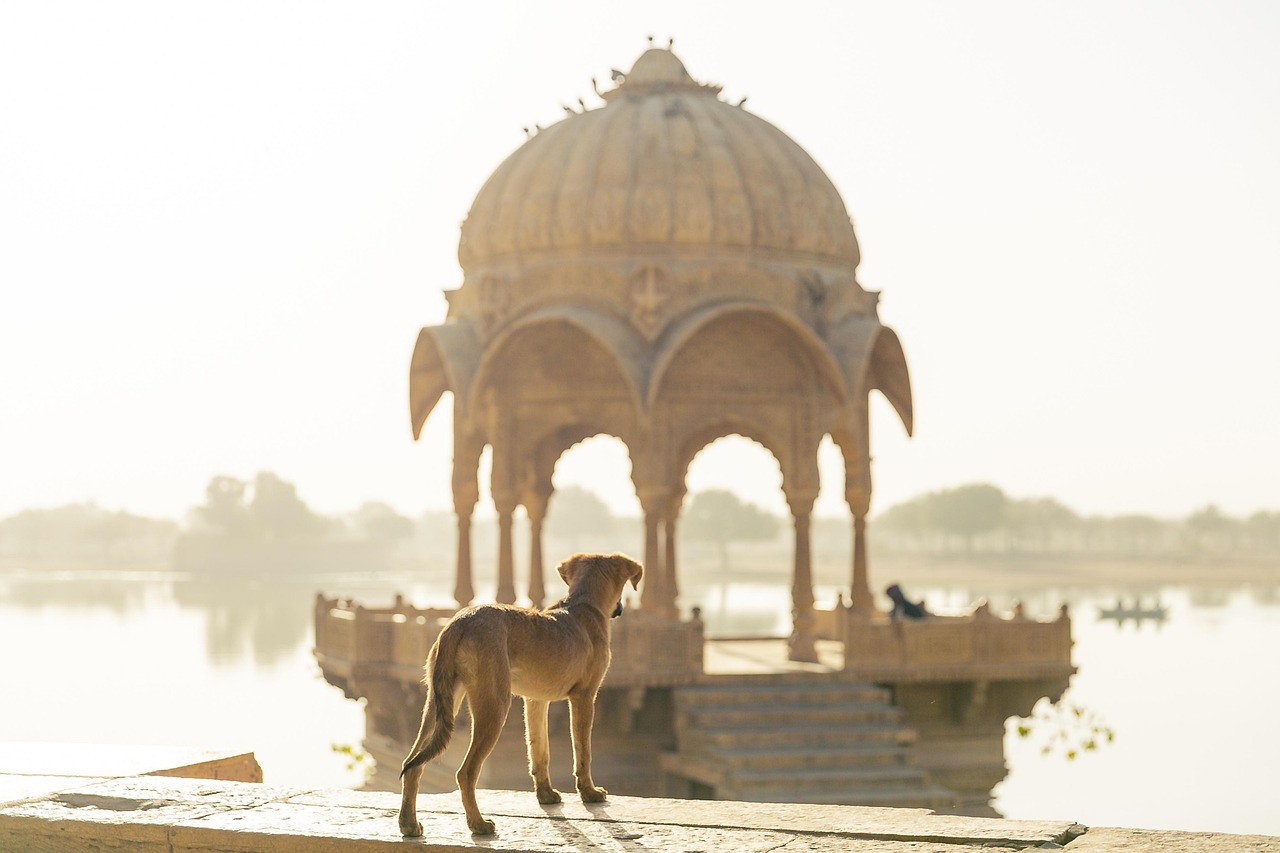India, a land where the past and present exist in a dynamic harmony, offers countless cultural experiences. Among its many travel circuits, the golden triangle tour Delhi Agra Jaipur stands out as the quintessential introduction to North India’s historic majesty. This journey, forming a triangle on the map, connects the national capital Delhi, the Mughal treasure trove of Agra, and the regal pink city of Jaipur. It presents an exceptional confluence of architectural brilliance, cultural richness, and historical grandeur that continues to captivate both first-time visitors and seasoned travelers alike.
Starting the tour in Delhi, the heart of the nation, travelers are greeted by a city that effortlessly marries antiquity with modernity. Delhi’s historical fabric is woven with threads from centuries past, with remnants of several dynasties shaping its character. From the bustling streets of Chandni Chowk to the colonial grandeur of Lutyens’ Delhi, the city is a sensory overload that never ceases to amaze. Among the most iconic monuments is the Red Fort, an enduring symbol of India’s independence, and the majestic Qutub Minar, a 12th-century minaret that reflects early Indo-Islamic architecture. Equally compelling is Humayun’s Tomb, a precursor to the Taj Mahal, embodying Mughal artistry at its peak. Exploring Delhi offers a multi-layered narrative—where ancient ruins meet vibrant bazaars, and Mughal domes rise beside British-era government buildings.
As the golden triangle tour Delhi Agra Jaipur moves southeast toward Agra, the anticipation of seeing one of the world’s most celebrated monuments builds steadily. Agra, once the capital of the mighty Mughal Empire, is home to the inimitable Taj Mahal. Commissioned by Emperor Shah Jahan in memory of his beloved wife Mumtaz Mahal, the Taj is not just an architectural marvel but a timeless ode to love. Its ivory-white marble, intricate inlay work, and symmetrical gardens leave an indelible impression on every visitor. However, Agra’s charm extends beyond the Taj Mahal. The Agra Fort, a UNESCO World Heritage Site, offers an insight into imperial power and aesthetics, while the lesser-visited but equally magnificent Tomb of Itimad-ud-Daulah, often called the “Baby Taj,” showcases delicate craftsmanship that paved the way for future Mughal architecture.
En route from Agra to Jaipur lies Fatehpur Sikri, a deserted 16th-century city built by Emperor Akbar. Though abandoned due to water scarcity, its red sandstone structures remain remarkably well-preserved, narrating tales of royal ambition and architectural vision. From the palatial Jama Masjid to the whimsical Panch Mahal, every corner of Fatehpur Sikri evokes the grandeur of an era gone by. Including this stop enriches the overall experience of the golden triangle tour Delhi Agra Jaipur, providing a glimpse into a transient imperial dream etched in stone.
Arriving in Jaipur, the capital of Rajasthan, travelers find themselves immersed in the vibrant colors and traditions of Rajputana heritage. Known as the Pink City for its rose-hued facades, Jaipur is a testament to regal elegance and urban planning. At its heart lies the City Palace, still home to the royal family, blending Rajasthani and Mughal styles in an opulent complex of courtyards, gardens, and museums. Nearby, the Jantar Mantar, an 18th-century astronomical observatory, demonstrates the scientific acumen of Maharaja Jai Singh II. Perhaps the most photographed building in Jaipur is the Hawa Mahal, or Palace of Winds, with its intricate façade that allowed royal women to observe street festivities without being seen.
Beyond the city’s bustling markets and ornate palaces, the imposing Amber Fort stands sentinel over the hills, its mirror-clad halls and frescoed walls a tribute to Rajput valor and artistry. The fort’s Sheesh Mahal, or Hall of Mirrors, is particularly enchanting, where a single candlelight can illuminate the entire room. Such experiences are why the golden triangle tour Delhi Agra Jaipur is more than a mere sightseeing itinerary—it is a journey through centuries of artistic innovation, political intrigue, and cultural synthesis.
Culinary exploration is another delight woven into the fabric of this golden triangle. In Delhi, rich Mughlai dishes such as kebabs and biryanis dominate, while Agra tempts with its pethas and tangy chaats. Jaipur introduces spicy Rajasthani delicacies like dal baati churma and gatte ki sabzi, all seasoned with traditional hospitality. Each city’s cuisine reflects its history and topography, offering yet another layer to the travel experience.
The connectivity among the three cities makes this route convenient for both domestic and international tourists. Modern highways, luxury trains, and frequent flights have significantly eased travel, while a wide range of accommodation—from heritage hotels to modern resorts—ensures comfort at every step. For those seeking a deeper engagement, curated experiences like guided heritage walks, traditional craft workshops, and cultural performances offer immersive encounters that enrich the understanding of local life.
Importantly, the golden triangle tour Delhi Agra Jaipur offers more than historical education; it encourages introspection on India’s pluralistic identity. One moves from the seat of governance in Delhi to the symbol of eternal love in Agra and finally to the land of warriors and kings in Jaipur. Along the way, travelers witness how diverse cultural streams—Islamic, Hindu, Persian, and British—have mingled to shape a unique civilizational ethos.
This tour is especially appealing for those with limited time who wish to grasp the essence of North India. In just a week, one can traverse different empires, explore distinct architectural styles, and engage with contrasting landscapes and lifestyles. It is this rich tapestry that continues to draw millions each year, making it India’s most popular and enduring travel circuit.

In conclusion, the golden triangle tour Delhi Agra Jaipur is a vibrant tapestry of India’s cultural, historical, and architectural marvels. Whether one is a history enthusiast, an architecture aficionado, or a curious wanderer, this journey offers an unparalleled window into the subcontinent’s illustrious past. It is not merely a tour but a passage through time—one that reveals the heart and soul of India in every monument, every street, and every shared story.




